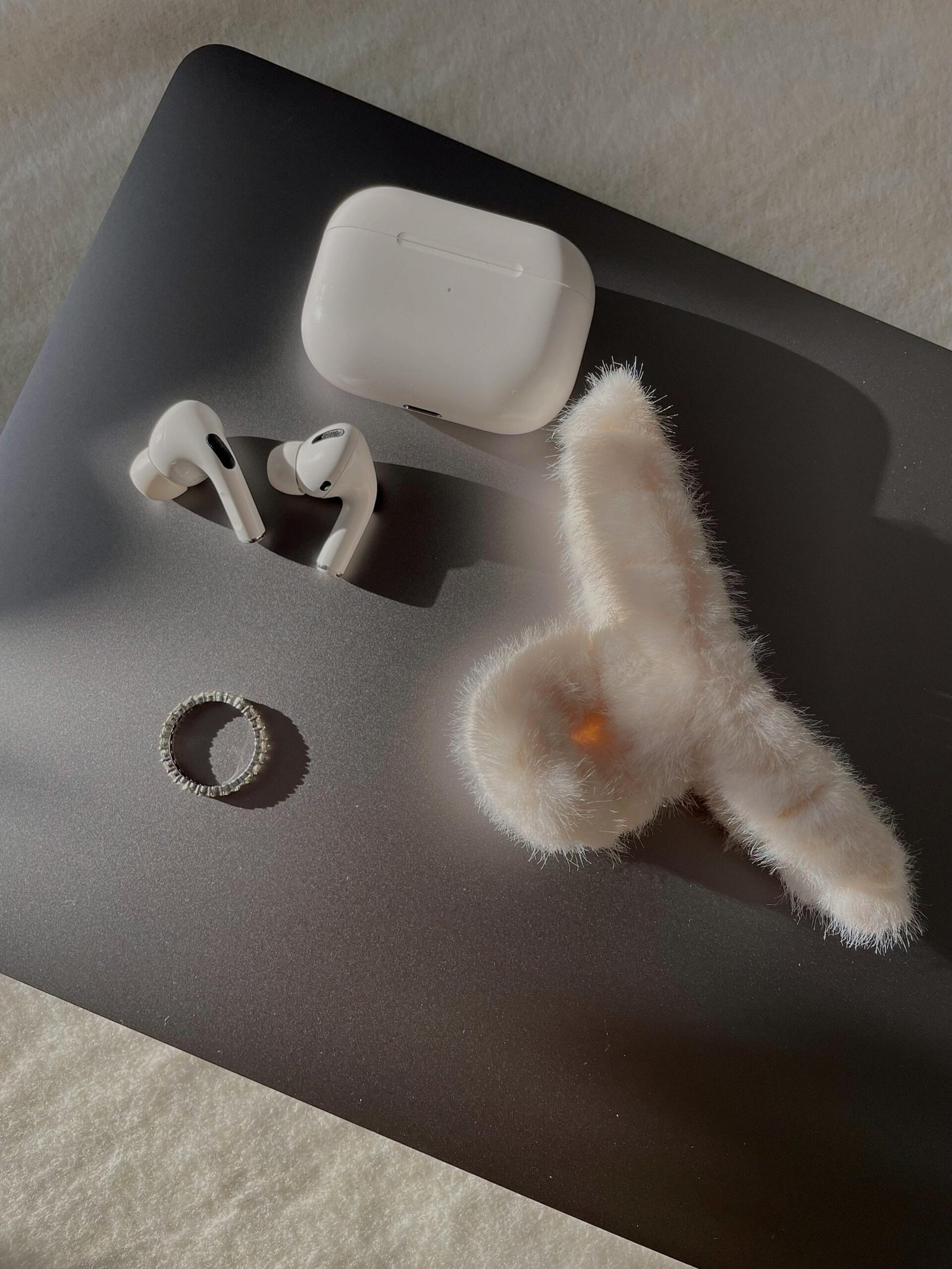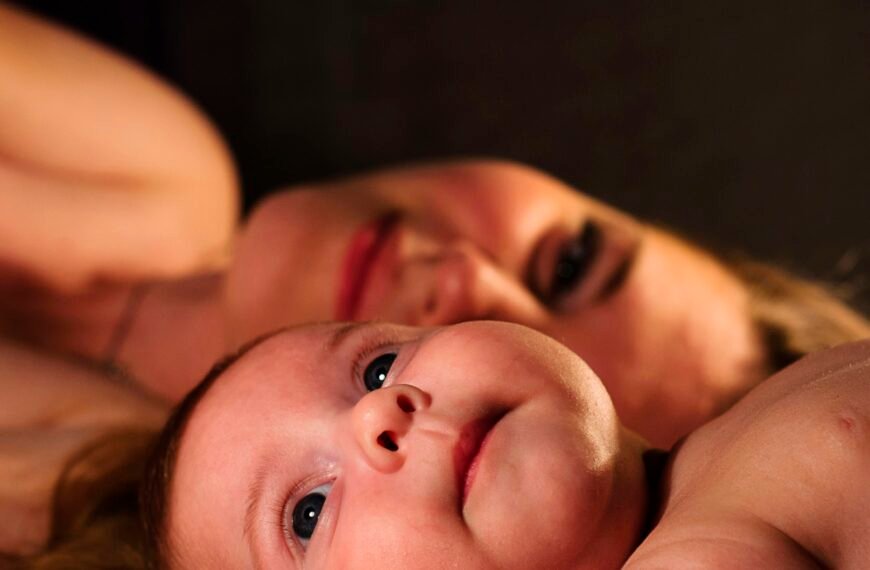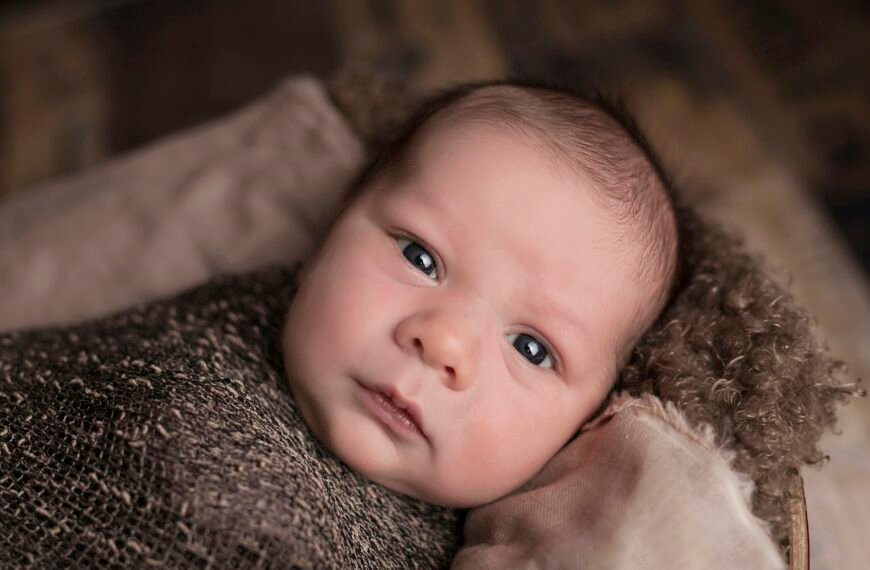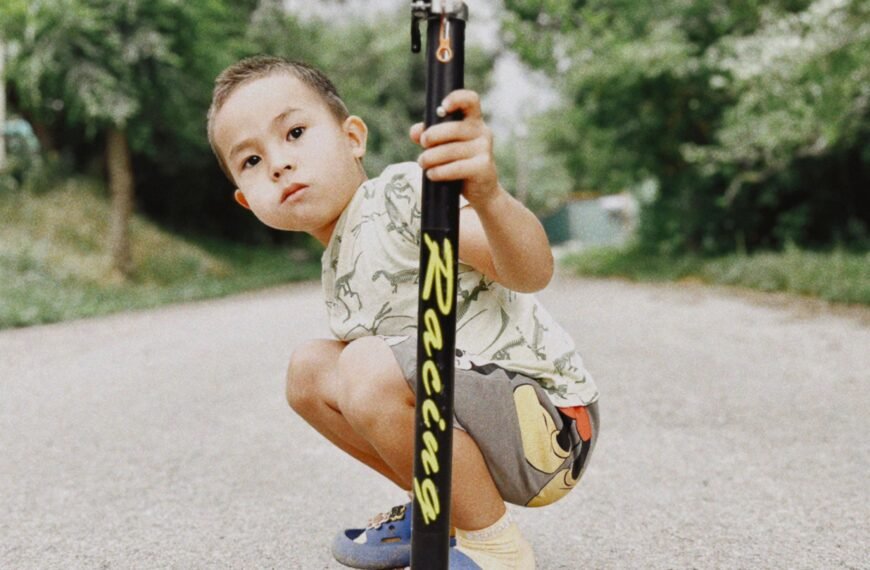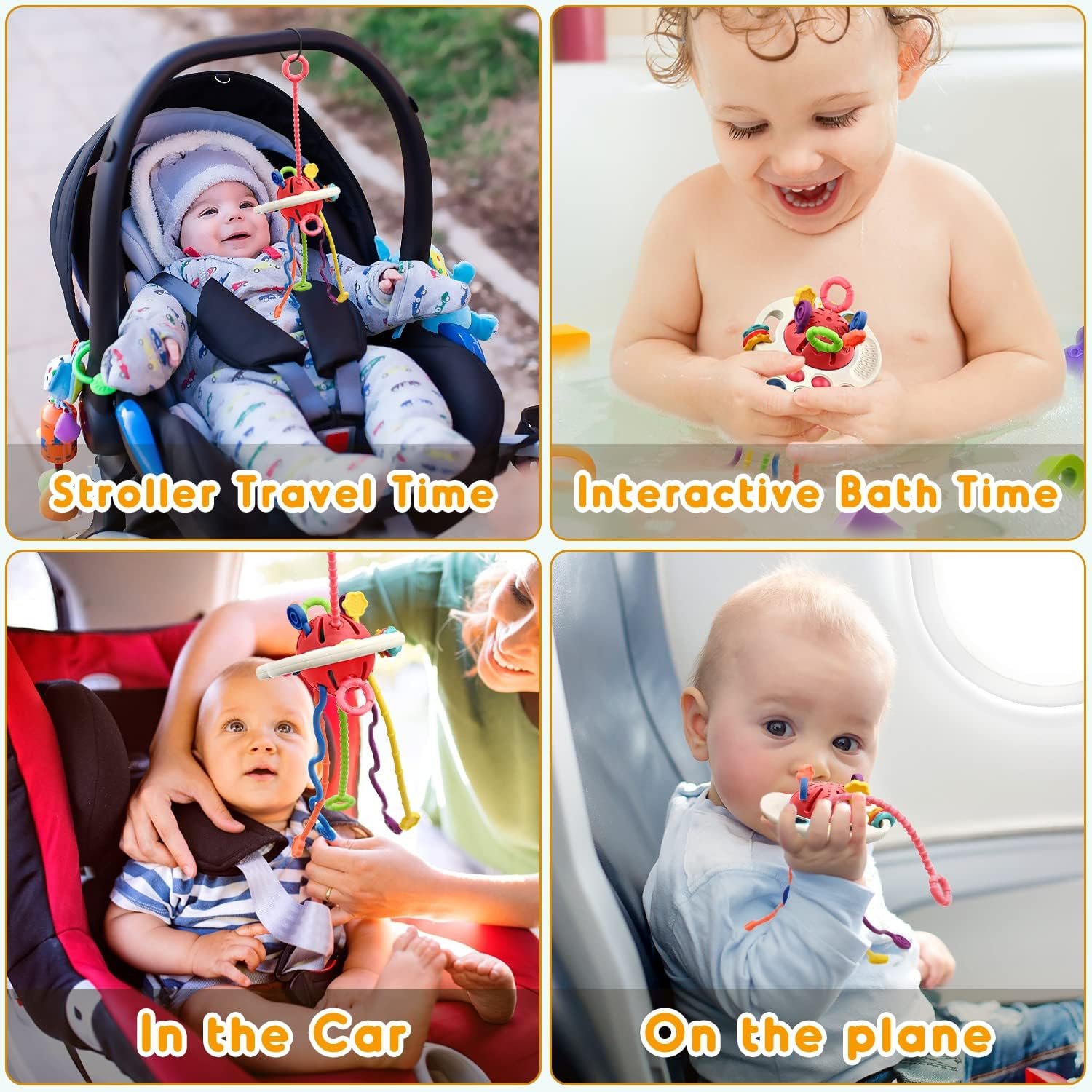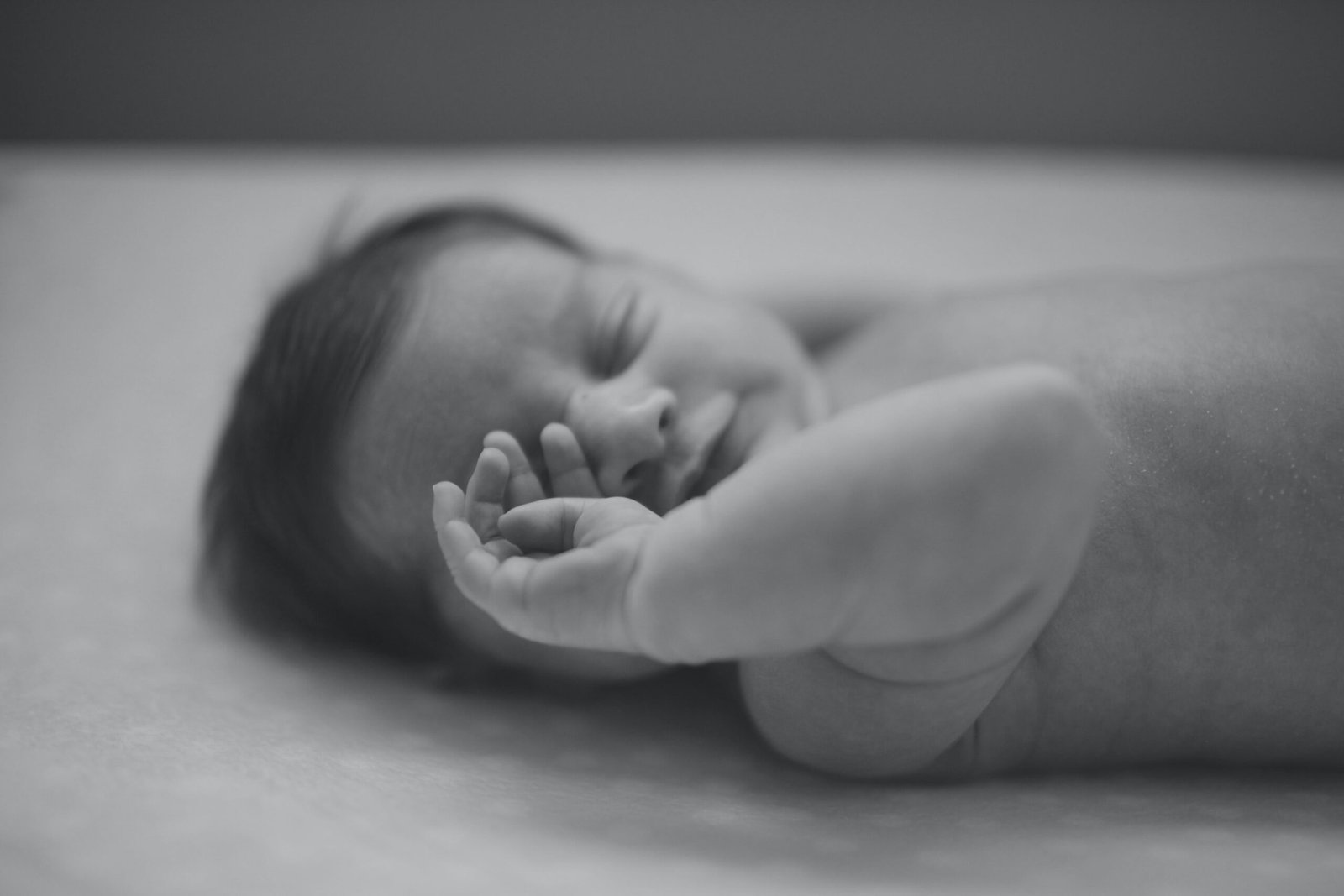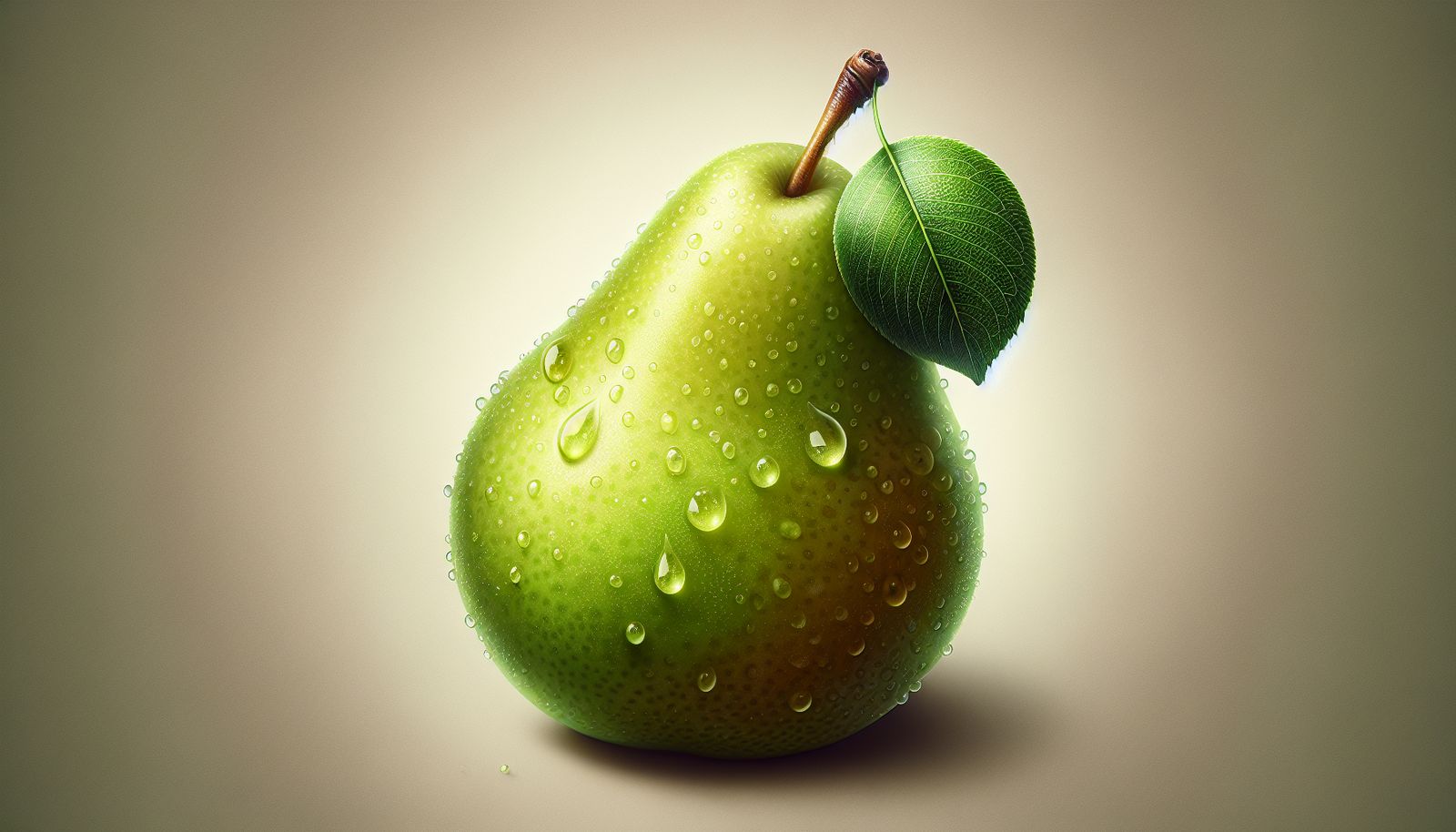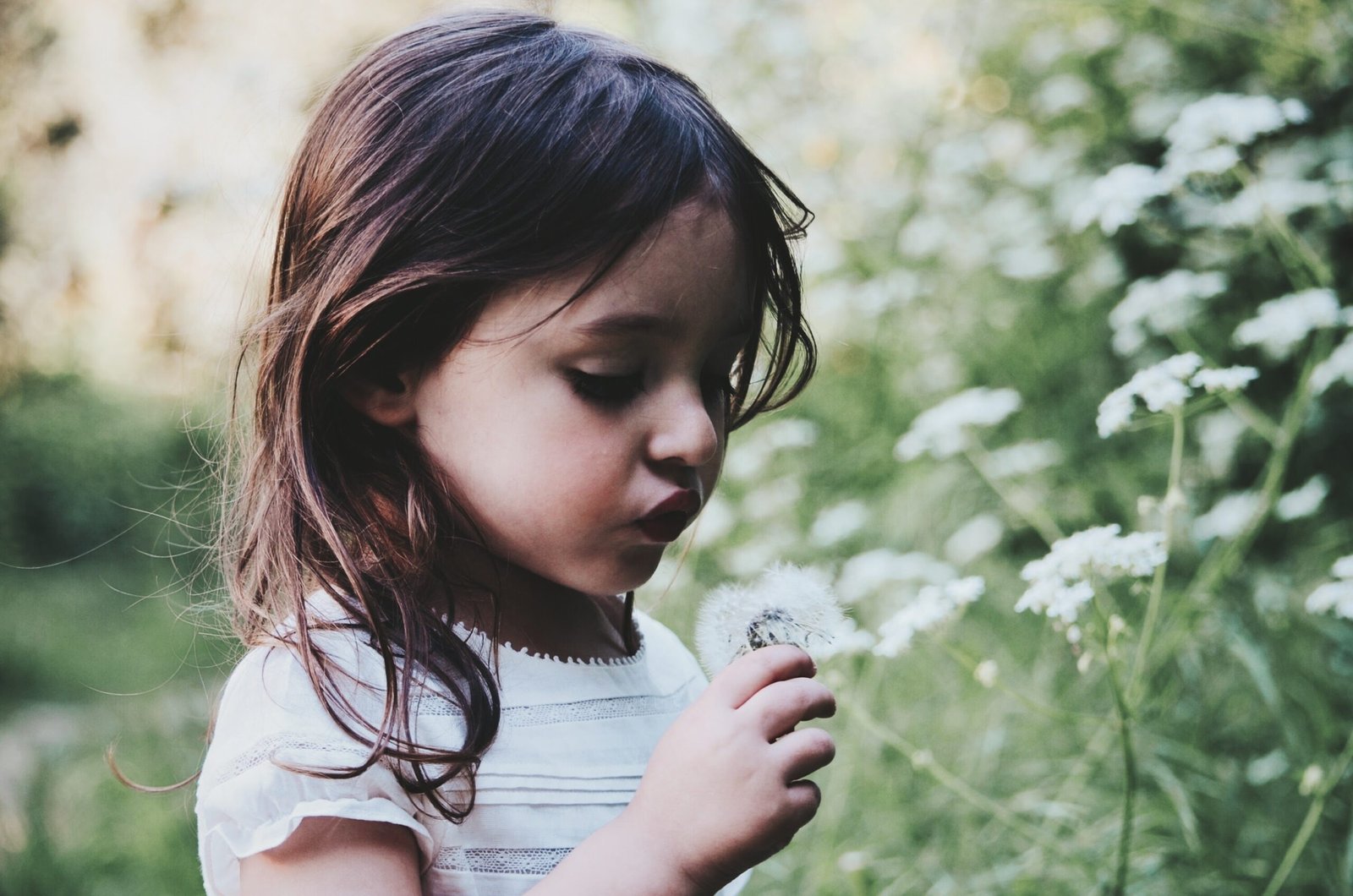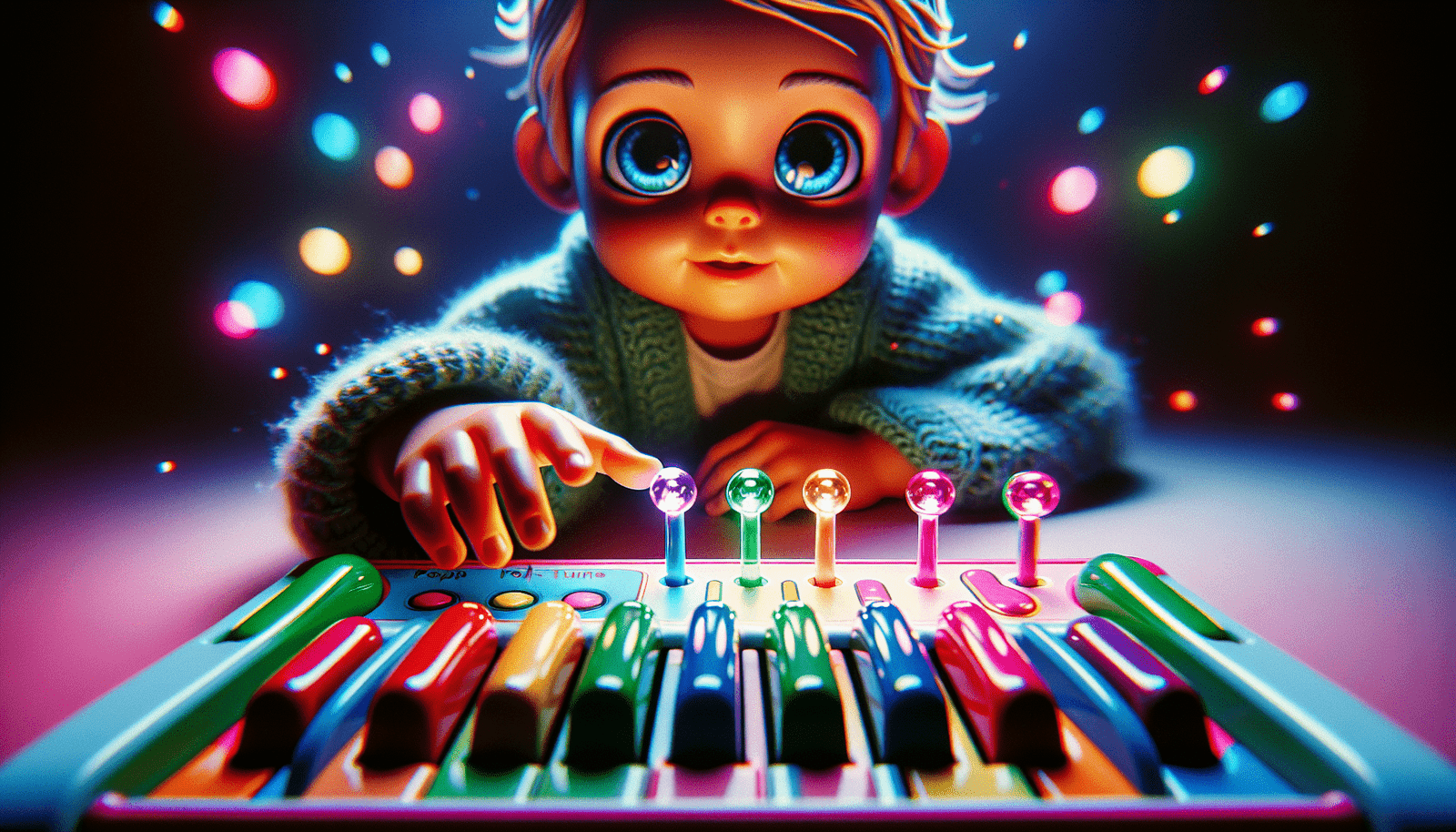In this article, you will discover easy and effective ways to clean the fabric of your baby toys, ensuring a safe and hygienic playtime experience for your little one. From soft plush toys to interactive play mats, we’ll explore simple cleaning techniques that will remove dirt, stains, and germs without damaging the delicate fabric. So, if you’re wondering how to keep your baby’s toys clean and fresh, keep reading for some helpful tips and tricks.
Check Baby Toys Guide & Review
Preparing for Cleaning
Before you start cleaning your baby toys, it’s important to gather all the necessary supplies. Depending on the type of toy and the cleaning method you choose, you may need warm water, mild detergent, a basin, a mesh laundry bag, a stain remover, baking soda, a clean cloth or sponge, and a mild disinfectant. It’s also essential to read the care label on each toy to ensure you follow the manufacturer’s instructions correctly. Additionally, make sure to check for any damaged areas that may require special attention during the cleaning process.
Hand-Washing Baby Toys Fabric
For fabric baby toys that are safe to hand wash, follow these steps to ensure thorough cleaning. Fill a basin with warm water and add a small amount of mild detergent. Mix the detergent in the water until it creates a soapy solution. Next, spot clean any stains by gently rubbing the affected area with a clean cloth or sponge. Make sure to rinse the toy thoroughly with clean water to remove any remaining soap. After rinsing, gently press out the excess water without twisting or wringing the toy. Finally, allow the toy to air dry completely before giving it back to your little one.

Machine-Washing Baby Toys Fabric
If the care label allows for machine washing, here’s how you can clean fabric baby toys in the washing machine. Start by sorting the toys by color and material. This step is crucial to prevent any color bleeding or damage. Place the toys in a mesh laundry bag to protect them during the wash cycle. Use a gentle cycle and select a mild laundry detergent suitable for delicate fabrics. Once the washing cycle is complete, make sure to dry the toys correctly. Avoid high heat, as it may shrink or damage the fabric. Instead, air dry the toys or use a low-heat setting on your dryer if recommended.
Cleaning Stuffed Animals
Stuffed animals are often treasured companions for babies, so it’s important to keep them clean and fresh. Before cleaning, pre-treat any stains or spots by gently dabbing a stain remover onto the affected area. It’s essential to use a stain remover that is safe for the fabric of the stuffed animal. Depending on the care label instructions, you can either hand-wash or machine-wash the stuffed animal. If hand-washing, follow the steps mentioned earlier for hand-washing fabric toys. If machine-washing, make sure to use a gentle cycle and a mild laundry detergent. After cleaning, avoid using high heat to dry the stuffed animal, as it can damage the fabric or cause the stuffing to clump. Instead, fluff and reshape the toy while it is still slightly damp to maintain its original shape.

Cleaning Plastic Toys with Fabric
Some baby toys have fabric parts attached to plastic components. To clean these toys effectively, start by safely removing any detachable fabric parts, such as covers or clothing. Next, wipe the plastic parts clean using a cloth dampened with warm water and mild detergent. Pay special attention to any visible dirt or stains. For the fabric parts, spot clean them using a cloth or sponge and a mild detergent. After cleaning, make sure to dry the toy completely before reattaching the fabric parts. This will prevent any moisture build-up and potential mold growth.
Cleaning Toys with Batteries or Electronic Components
To clean toys that have batteries or electronic components, it is essential to follow the manufacturer’s instructions carefully. Start by removing the batteries if possible. This will prevent any damage to the electronics during the cleaning process. Then, clean the non-electronic parts of the toy by wiping them down with a cloth dampened with warm water and mild detergent. For any fabric areas, spot clean them using a cloth or sponge and a suitable detergent. After cleaning, allow the toy to dry completely before reinserting the batteries or using it again.
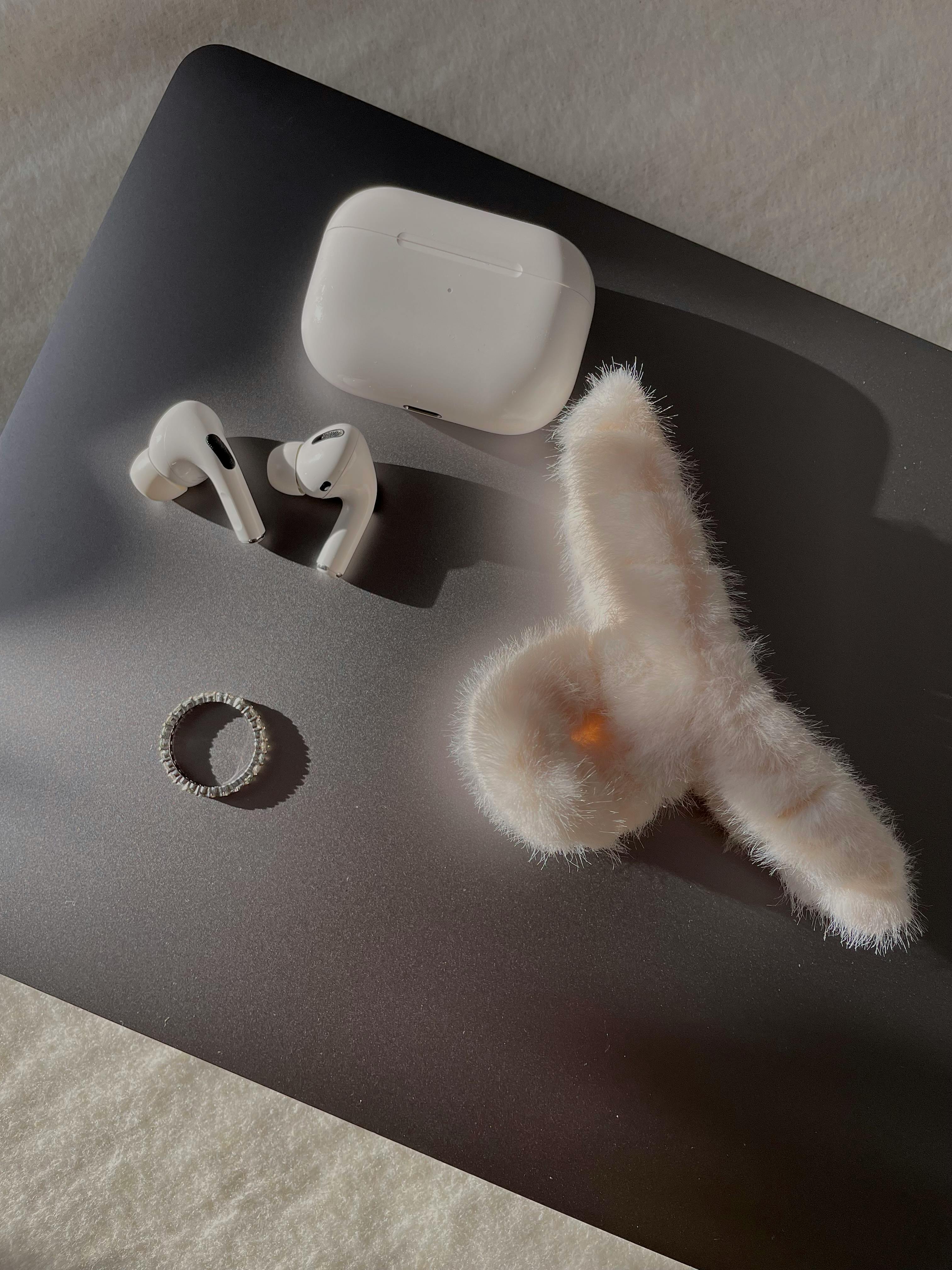
Disinfecting Baby Toys Fabric
Disinfecting baby toys is crucial to eliminate any lingering germs or bacteria. To create a disinfectant solution, mix water and a mild disinfectant according to the manufacturer’s instructions. Dip a clean cloth or sponge into the solution and wipe down the toys, paying extra attention to high-touch areas. After disinfecting, rinse the toys with clean water to remove any residue. To ensure effective disinfection, it’s important to let the toys air dry completely before allowing your little one to play with them again.
Dealing with Stubborn Stains or Odors
Stubborn stains or odors on baby toys can be challenging to remove. For stains, treat them with a stain remover that is safe for the fabric of the toy. Apply the stain remover according to the product’s instructions and allow it to sit on the stain for the recommended amount of time. Afterward, rinse or wipe away the stain remover using a clean cloth or sponge. For odors, sprinkle baking soda on the toy’s fabric and let it sit for a few hours. Baking soda helps absorb odors. After letting it sit, rinse or wipe away the baking soda residue. It’s important to air dry the toy afterwards to ensure it is completely dry before allowing your baby to play with it again.
Preventing Future Stains and Dirt Build-Up
Preventing stains and dirt build-up on baby toys can help reduce the frequency of deep cleaning. Encourage your baby to avoid eating or drinking while playing with toys to prevent food or liquid stains. Additionally, store the toys in clean and dry areas to minimize exposure to dust and dirt. Regularly spot clean toys using a cloth or sponge and mild detergent to remove any surface dirt. For fabric toys, consider washing them periodically to keep them fresh and hygienic. Lastly, encourage hand washing before play to maintain cleanliness and minimize the transfer of germs.
Conclusion
Maintaining cleanliness and hygiene is crucial when it comes to your baby’s toys, especially fabric ones. Regular cleaning not only ensures that the toys remain safe for your baby but also extends their durability. By following the specific care instructions for each toy and using the appropriate cleaning methods, you can keep your baby’s toys clean, fresh, and ready for hours of play. So go ahead, enjoy playing with your clean and fresh baby toys, knowing that you’ve taken the necessary steps to keep them in optimal condition!

